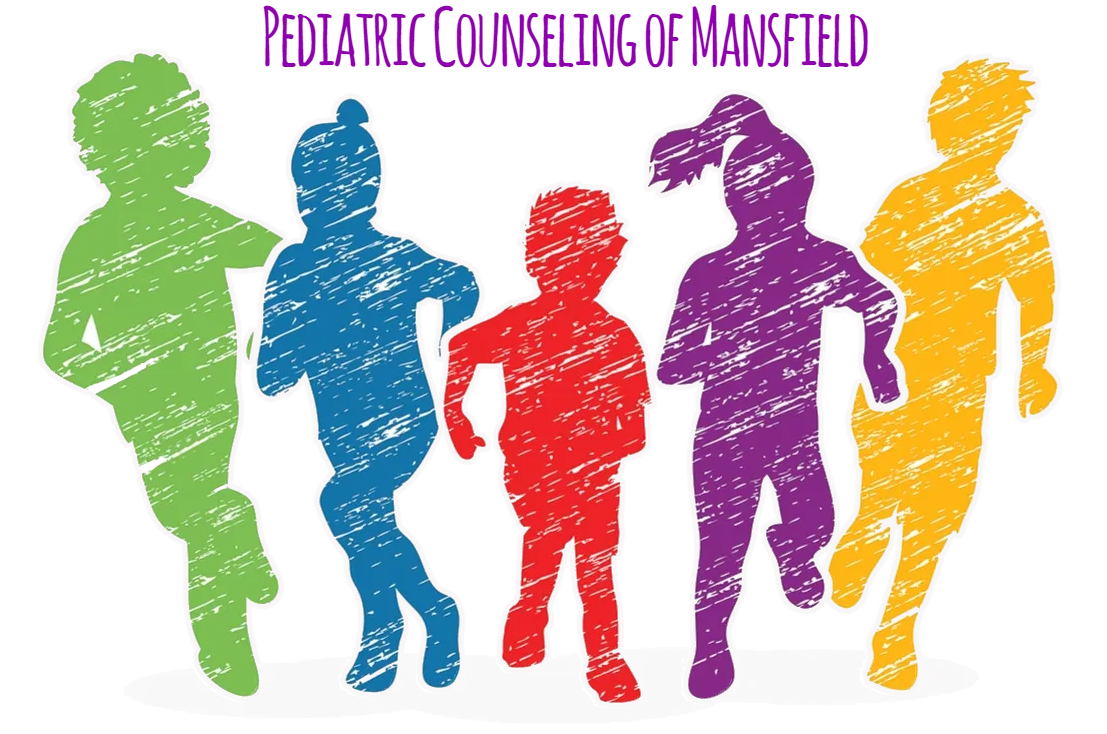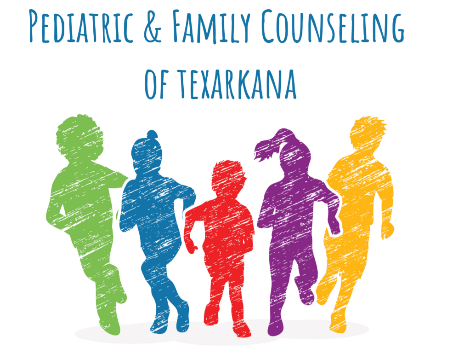September 29, 2024
In recent years, therapy has evolved significantly, expanding beyond traditional face-to-face sessions to include telehealth services. With this shift, individuals seeking mental health support have more options than ever, making it easier to find a method that fits their needs and lifestyles. But how do you decide which is best for you? Let’s explore the benefits and challenges of both in-person counseling and telehealth to help you make an informed decision. The Rise of Telehealth: Convenience Meets Accessibility 1. Convenience and Flexibility Telehealth, which includes phone or video counseling sessions, offers unparalleled flexibility. There’s no need to commute to a therapist’s office, making it a convenient option for those with busy schedules or mobility limitations. Whether you're at home, in the office, or traveling, you can connect with your therapist from almost anywhere, as long as you have an internet connection. For parents, caregivers, or professionals who juggle multiple responsibilities, telehealth can be a lifesaver. 2. Accessibility for Remote Areas In-person counseling may not be easily accessible for those living in rural or remote areas. Telehealth breaks down geographic barriers, allowing people to connect with qualified mental health professionals without the need to travel long distances. This is especially beneficial for individuals in underserved communities where there may be fewer mental health professionals. 3. Comfort and Privacy For some, the idea of being in a therapy office may feel intimidating or uncomfortable. Telehealth allows individuals to receive support in the privacy of their own homes, fostering a sense of safety and control. It can also feel less formal, helping clients open up more easily during sessions. However, while telehealth offers many benefits, it isn’t without its challenges. The Benefits of In-Person Counseling: Face-to-Face Connection 1. Nonverbal Cues and Body Language One of the key advantages of in-person counseling is the ability for both the therapist and client to pick up on nonverbal cues, such as body language, facial expressions, and eye contact. These subtle elements play an important role in communication and can deepen the therapeutic relationship. In a video session, these cues can be harder to interpret, especially if the connection is poor or if the therapist only sees the client from the shoulders up. 2. Focus and Presence In-person therapy often fosters a more focused and engaged environment. Without the distractions of technology, clients and therapists can feel more present and connected. For some individuals, the act of physically going to a therapist's office sets a distinct boundary between their everyday life and the therapeutic space, which can promote deeper reflection and work. 3. More Tailored Therapeutic Approaches Some therapeutic techniques, such as play therapy, art therapy, or certain forms of body-based trauma therapies, are difficult to replicate over telehealth. In-person counseling allows for a wider range of interventions, including those that involve movement, touch (in appropriate forms of therapy), and creative tools. For clients who benefit from these specific approaches, face-to-face counseling may be more effective. Challenges of Both Modalities 1. Telehealth Challenges Telehealth relies heavily on technology, which means that a poor internet connection, technical glitches, or unfamiliarity with video platforms can disrupt sessions. For some, the absence of physical presence makes it harder to establish a strong emotional connection with their therapist. Additionally, for individuals in living situations where privacy is a concern, finding a quiet, uninterrupted space for a telehealth session may be challenging. 2. In-Person Challenges On the other hand, in-person therapy comes with its own set of hurdles. The need to travel to a therapist’s office can be a barrier for people with busy schedules, mobility issues, or those who live in areas where mental health services are sparse. Some individuals may also feel anxious or self-conscious about being seen going to therapy, which could deter them from seeking help. What’s the Best Option for You? The decision between in-person counseling and telehealth ultimately depends on your personal preferences, lifestyle, and therapeutic needs. Telehealth may be right for you if: You have a busy schedule and need flexibility. You live in a remote or underserved area. You feel more comfortable engaging in therapy from your home. You need quick access to support, without the logistics of commuting. In-person therapy may be better if: You value face-to-face interaction and nonverbal communication. You prefer a focused, technology-free environment. You are working with a therapist who uses techniques that require physical presence, such as art or somatic therapies. Conclusion: There’s No One-Size-Fits-All Both in-person counseling and telehealth have their unique strengths, and what works best for you will depend on your individual situation. For some, a hybrid approach that combines the two might even be the perfect balance. The most important thing is to find a therapeutic environment where you feel supported, comfortable, and empowered to work on your mental health. Ultimately, the right choice is the one that aligns with your needs, goals, and preferences. Whether you choose to meet with your therapist in person or online, taking the step to prioritize your mental well-being is what truly matters.













